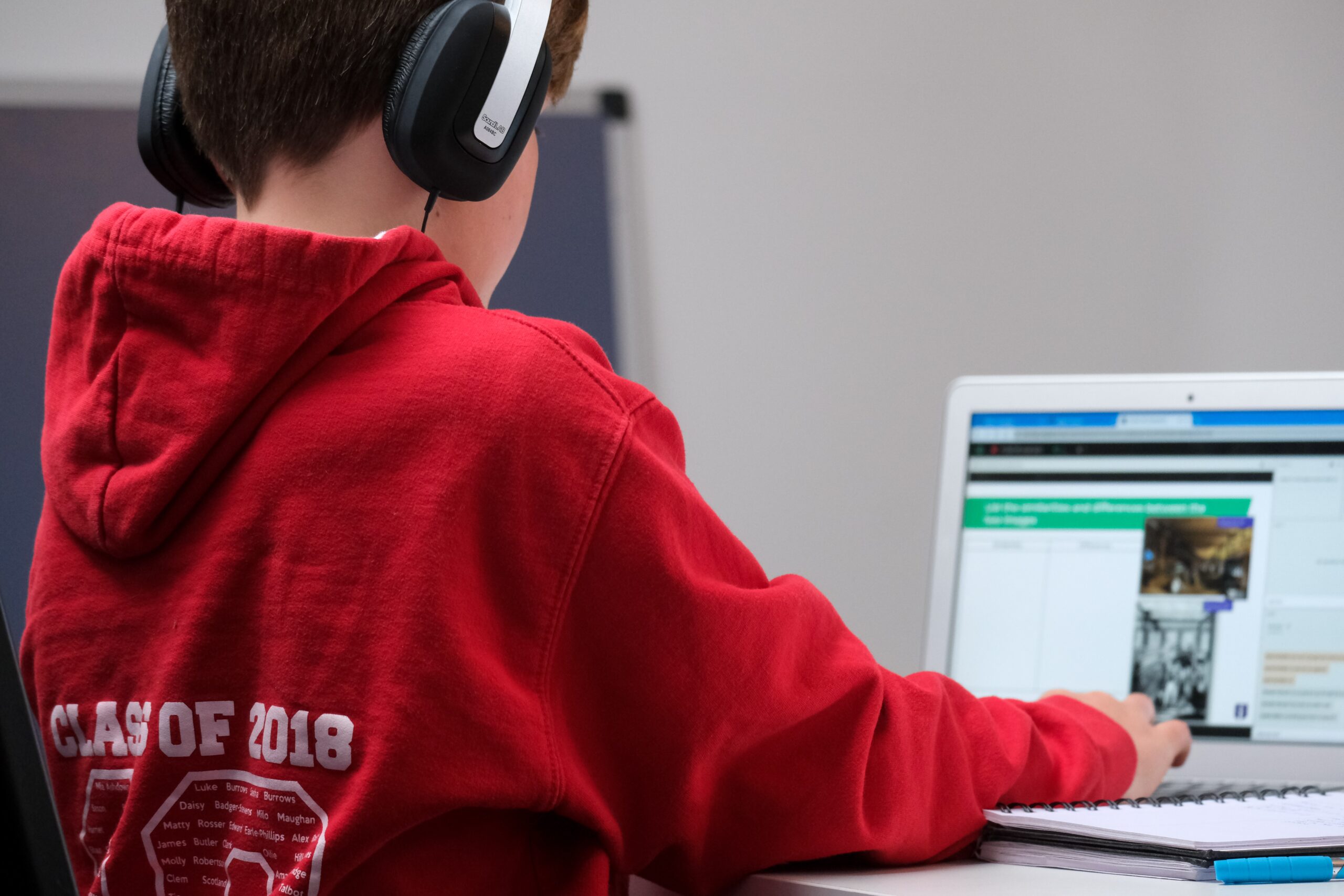Baron’s chapter “From pencils to pixels” explains writing as technology and the history of how that technology has developed. He opens the chapter with: “the computer, the latest development in writing technology” and I considered how today this translates to our phones, our tablets, our watches, chat GPT and so many other technologies with the capabilities of writing that have developed. It made me consider how with each new technology advancement, there has always been this tension between what we are gaining and what we are losing. For example, Baron mentions that he had become so used to “composing virtual prose at the keyboard that he could no longer draft anything coherent directly onto a piece of paper,” while earlier he said “the governor of Illinois thinks that hooking up every school classroom to the web will eliminate illiteracy.” So the question is what are we becoming literate in, and what are we becoming illiterate in? As a substitute teacher of all grade levels, I have seen an increase in use of Chromebooks, IPads, and laptops in schools, and a decrease in using a pen or pencil to write. One school did have their students practicing cursive, but it was the outlier. Baron argues that something like the pencil is commonplace, but I don’t find it very common anymore.
In the Lankshear and Knobel piece, “Digital Literacies – Concepts, Policies and Practices”, there is an emphasis on the plurality of digital literacy because of how many understandings there are of digital literacy, the sociocultural perspective of digital literacy, and the benefits from having this expansive view on digital literacies and the significance for educational learning. In discussing digital literacies and educational practices, they quote James Paul Gee: “Evidence is beginning to show that just giving young people access to technologies is not enough. They need-just as they do for books-adult mentoring and rich learning systems built around the technologies, otherwise the full potential of these technologies is not realized for these children (Gee, 2007, p.138). As with the previous article, I found this relatable to what I am observing in the classroom. It is not enough to just give every child a Chrombeook and connect them to the internet, there should be scaffolding and lessons that demonstrate how to get the most out of these technologies, as well as how to provide the most resources to the students so that a student from a lower SES or who doesn’t have the same resources at home as other students can still be digitally literate when presented with these technologies.





Leave a Reply